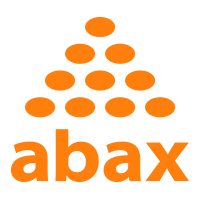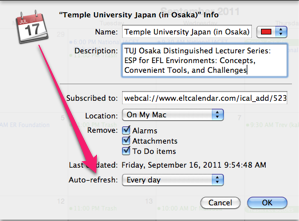Fukuoka JALT:
(1) Has Junior High School English Education in Japan Changed?; (2) Does Soft-CLIL work in National Institute of Technology?
Date: Saturday, May 25th, 2024 Time: 6:30 PM - 8:30 PM
Speaker: (1) Miki Tokunaga (National Institute of Technology (KOSEN) Kurume College); (2) Tatsuma Shirai (National Institute of Technology (KOSEN) Kurume College)
Description:
(1) Has Junior High School English Education in Japan Changed?
MEXT's new national curriculum standards for junior high schools came into effect in 2021. To investigate what is happening in junior high school classes under the new curriculum, questionnaires were given to first-year KOSEN students. The data showed that, while communicative activities were more common than translation practice and grammar explanations in their junior high school classes, evaluations of the students' progress did not seem to reflect what they did in class. The presentation will then discuss the preliminary results of the current project, which followed seven first-year junior high school students at three public junior high schools. The information on their class activities, homework, ALT visits, and term exams were provided by the participants, and face-to-face interviews were conducted during the summer and spring breaks. The results suggested that English classes at junior high schools are still in transition from lecture-style to more communication-centered classes. It seems that, while the schools and teachers try to follow the new curriculum standards, some students and parents are left confused and frustrated, seeking help from cram schools.
Miki Tokunaga is a professor at National Institute of Technology (KOSEN) Kurume College. Her research interests include the relationship between language knowledge and language skills.
(2) Does Soft-CLIL work in National Institute of Technology?
Content and Language Integrated Learning (CLIL) is a teaching approach that integrates content from a subject area with language learning objectives. At NIT, there is a perceived compatibility between CLIL and its Model Core Curriculum. However, implementing CLIL effectively at NIT poses challenges, particularly regarding the choice of content. While it is believed that teaching science content, which NIT students are more likely to find inherently interesting, can enhance CLIL outcomes, this presents difficulties for English language teachers in Japan. This study investigates the feasibility of implementing CLIL at NIT, focusing on "Soft-CLIL," which involves integrating language with conceptual knowledge other than science. Demonstrating the Soft-CLIL lessons implemented at NIT and showing videos of the students' presentations in the Soft-CLIL class, this study examines whether soft CLIL can be successful at NIT, despite the emphasis on science. By reporting on the outcomes of these lessons, this presentation aims to contribute to the ongoing discourse on CLIL implementation in the NIT context.
Tatsuma Shirai is an assistant professor at National Institute of Technology (KOSEN) Kurume College. His research interests include the effectiveness and feasibility of CLIL and its assessment approach in the context of Japanese secondary education.
Organization: Fukuoka Chapter of the Japan Association for Language Teaching (Fukuoka JALT)
Cost: JALT Members: free
Non-members: 1,000 yen
Venue: Seinan Community Center in Nishijin. Not our usual location! A short walk from Nishijin Subway Station (exit 7 or 8), on the land across from the main campus of Seinan. map to venue
Location: Fukuoka City, Fukuoka Prefecture, Japan
![]() Add this to iCal
Add this to iCal
![]() (Need help?)
(Need help?)
![]() Add to Outlook
Add to Outlook
![]() (Need help?)
(Need help?)
Contact Fukuoka JALT
Website: www.fukuokajalt.org
Email QR Code:







